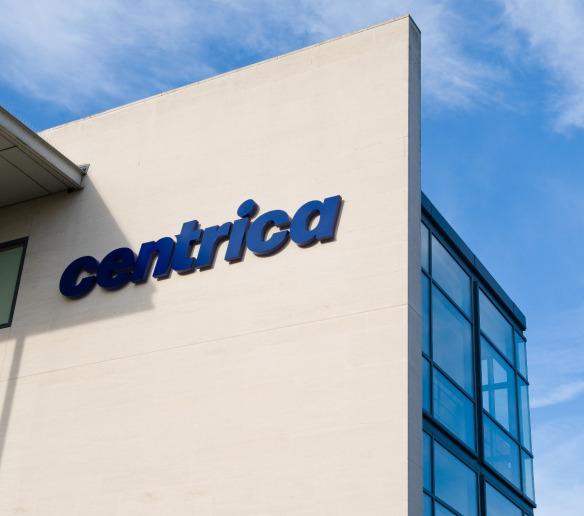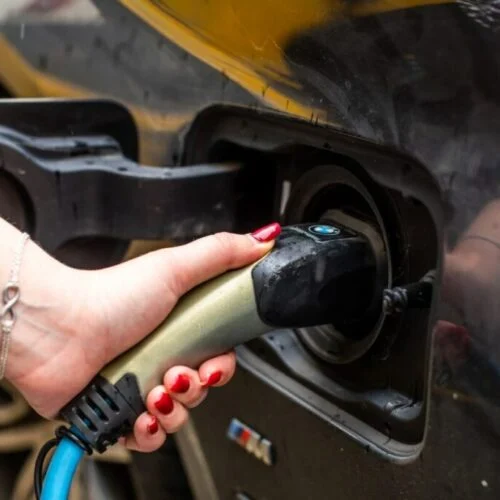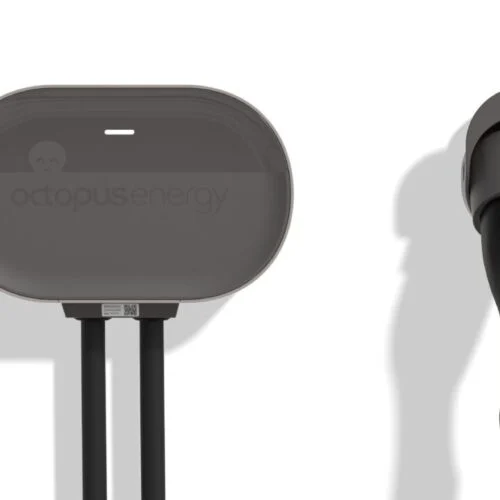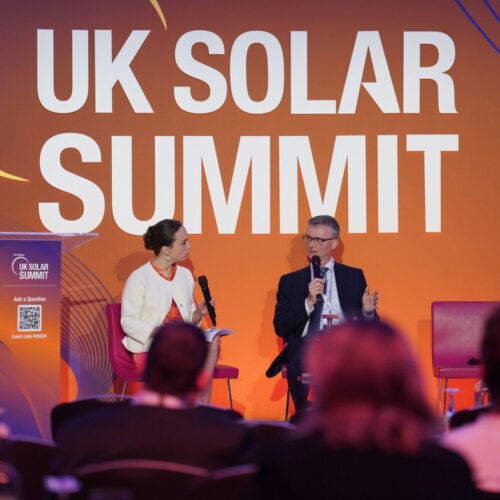Centrica has blamed “weak” performance in 2017 and cuts to as many as 4,000 jobs on political and regulatory pressure, but backed its emerging strategy to succeed in the long-term.
Its preliminary results disclosure for the year ended 31 December 2017 revealed that operating profit had slid 17% year-on-year to £1.252 billion, sending overall earnings down 22% to £698 million.
This, Centrica said, was down to a particularly “weak” second half of the year which it attributed to a poorer than forecast performance from its business supply division and political and regulatory interventions.
Pointing the finger firmly at the government for its proposed price cap, Centrica said the current political environment had created “material uncertainty” around the company.
Nevertheless, Centrica did have better news to spread regarding its strategic direction. It pointed towards the potential for the “digitsation of customer journeys” to deliver savings of more than £500 million, and said there had been “encouraging progress” in its move to energy supply and services.
There were too promising signs recorded within its Connected Home and Distributed Energy and Power (DE&P) divisions. Both units recorded increasing losses, however these were attributable to higher capital investment as Centrica looks to ramp up activity.
Connected Home, which is responsible for the firm’s series of smart appliances and monitoring equipment such as Hive, saw the number of installed hubs increase by 71% last year, sending revenues up 27%. Losses amounted to some £42 million, however the company expects 2017 to be the year of its peak cash outflow, indicating more profitable times may lay ahead.
It was a similar story within its DE&P unit. Active customer sites increased by 22% and order book revenue grew by 24% last year, resulting in a 6% sequential increase in annual revenues. This was not, however enough to steer the company away from a loss which grew to £53 million last year.
DE&P had continued working on a number of flagship sites and projects. Today’s results claimed that the 49MW Roosecote battery the company is developing is progressing well, while plans to install 100 solar-and-storage systems on homes in Cornwall are nearing completion.
Centrica DE&P also witnessed a number of sizeable investments last year, most notable of which being the demand side response aggregator REstore, whose 850MW portfolio of flexible capacity has bolstered Centrica DE&P’s optimisation capacity to nearly 2GW.
But Centrica’s M&A activity appears quenched. The backdrop of weak performance in 2017 and further political uncertainty moving forward has placed more pressure on the company’s balance sheet and Centrica said today that it was not in the market for any further “growth M&A”.
For the foreseeable future this will be limited to capability-building bolt-on acquisitions, and those will have to conform to stricter capital expenditure limits.
The results will also have a lasting impact on Centrica’s headcount. Group chief executive Iain Conn revealed today that up to 4,000 jobs will be lost, predominantly from its energy supply unit. While this will be slightly offset by the creation of up to 1,000 jobs within its Connected Home, DE&P and energy marketing and trading outfits over the next two years, the prospect of job cuts will loom large in the industry.
Despite the worrying performance, Conn backed the company’s strategic direction. “The underlying trends driving our strategy are clear, as are the distinctive capabilities we have to benefit from them. We are committed to delivering attractive returns and growth over the medium term.
“Our focus today is on performance delivery and financial discipline – on demonstrating top line growth as we deliver improved service and new propositions for our customers, and driving efficiency as hard as possible to underpin our competitiveness.”






